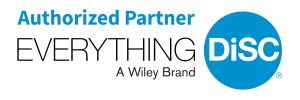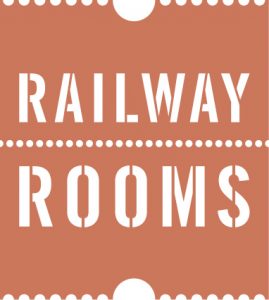 NEW BOUTIQUE GROUP ACCOMMODATION
NEW BOUTIQUE GROUP ACCOMMODATION
Former train station reopens for exclusive use
The Railway Rooms are accessible and refreshing exclusive-use self-catering accommodation in the heart of the Cairngorms National Park.
Right on the Kingussie train station platform, the Railway Rooms offers comfortable, characterful, and environmentally friendly self-catering accommodation with 12 ensuite bedrooms that include an all-ability wet room for groups of up to 24 people with good disability access.
In our spacious oak-beamed dining/lounge area there is a projector to enjoy all your favorite sports, movies & apps you subscribe to. A fully kitted-out kitchen allows you to self-cater or bring in the professionals. This superb accommodation is in the centre of Kingussie and is accessible by train, car, motorbike, bicycle, and bus from across the UK & beyond. We look forward to you enjoying a breath of fresh air!
Developed by team development specialists Wild Thinking, the Railway Rooms are a great destination for work teams and groups of all sorts wanting a low-carbon and exclusive venue to escape to in the Highlands.

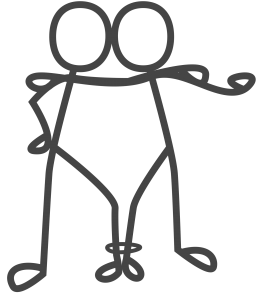 We try to design our workshops around 5 pillars:
We try to design our workshops around 5 pillars: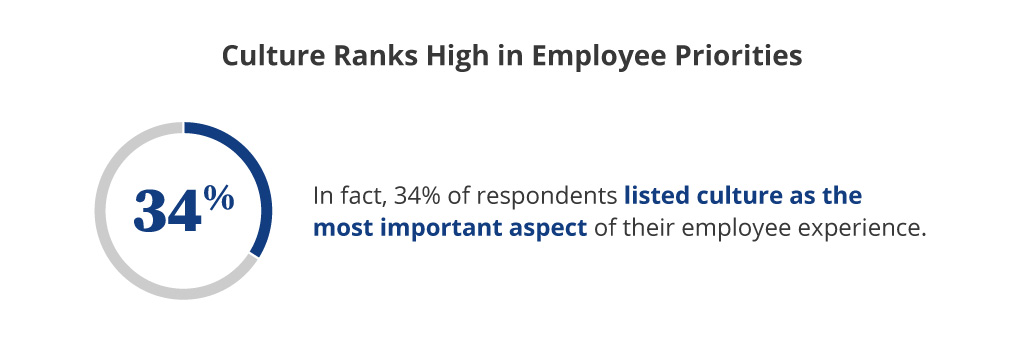
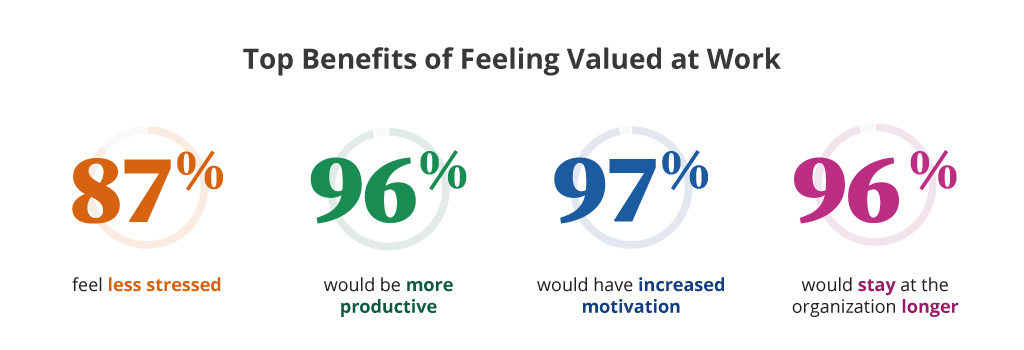

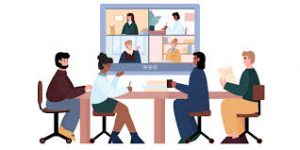
 We gel your group by engaging hearts and minds; that you can be a participant; that individuals won’t dominate discussions and that groups stay on topic generating clear follow-up. Let us help you plan some team-together time in 2022.
We gel your group by engaging hearts and minds; that you can be a participant; that individuals won’t dominate discussions and that groups stay on topic generating clear follow-up. Let us help you plan some team-together time in 2022.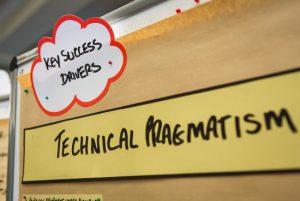 Someone who helps a group to work together to get better results. We are there to create an environment where people can show up at their best. We do this by focusing on the process, not on the actual content of the conversation. We leave that bit to you!
Someone who helps a group to work together to get better results. We are there to create an environment where people can show up at their best. We do this by focusing on the process, not on the actual content of the conversation. We leave that bit to you!